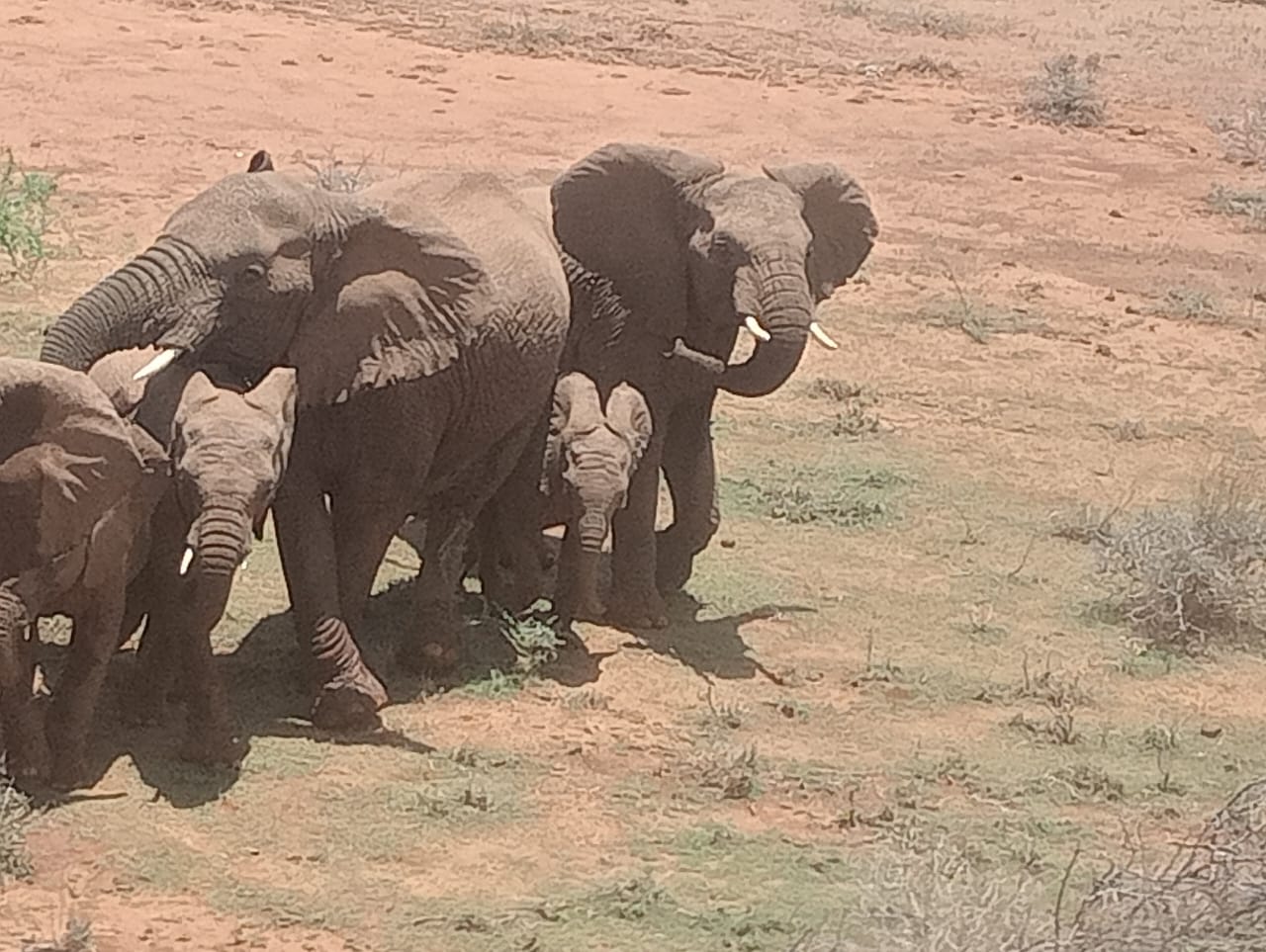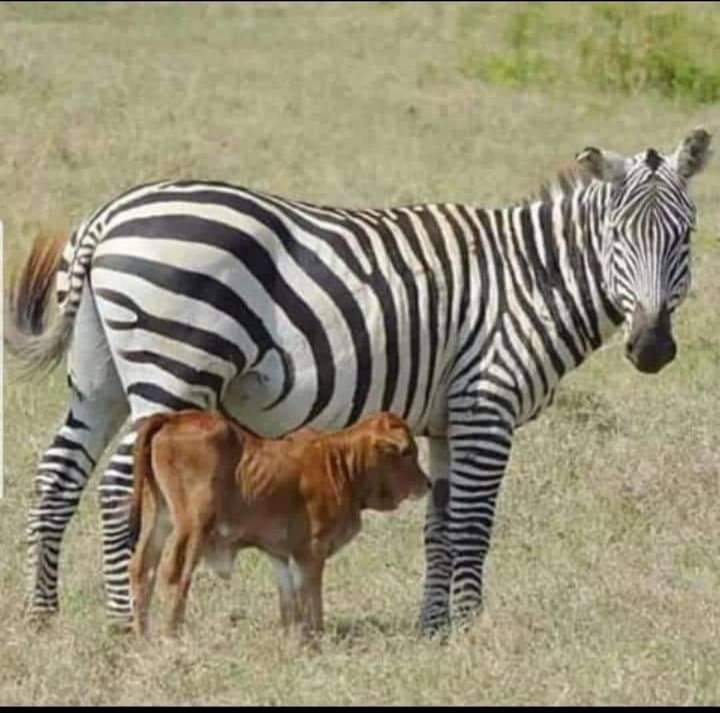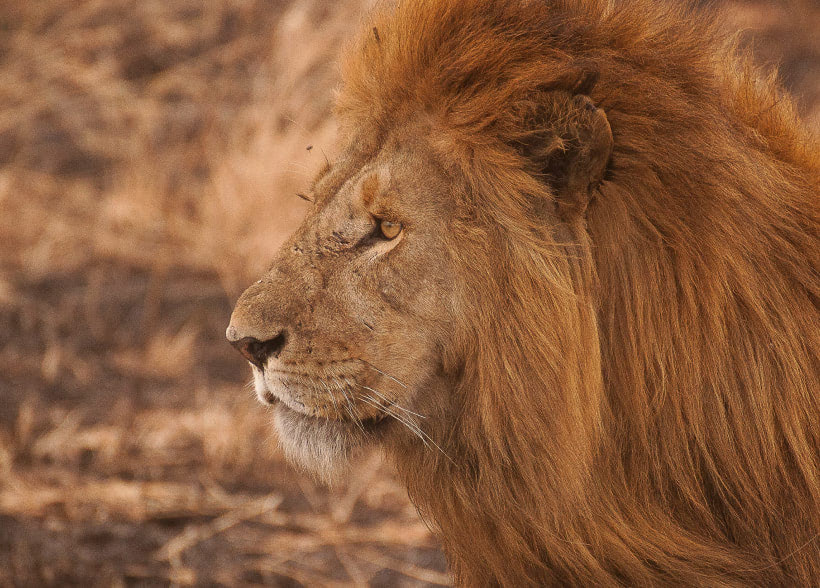Wildlife Conservation
- Ewuaso-Suswa Conservancy
- Our Services
- Wildlife Conservation
The Ewuaso-Suswa Wildlife Conservancy, nestled in the heart of Kenya’s Great Rift Valley, is embarking on an ambitious Wildlife Conservation Project aimed at safeguarding its unique biodiversity. This project is a comprehensive initiative designed to protect endangered species, restore natural habitats, and promote sustainable coexistence between wildlife and local communities. By leveraging scientific research, community participation, and innovative conservation strategies, the project seeks to create a resilient and thriving ecosystem.
Our Objectives
Key Components
Anti-Poaching Initiatives:
- Establish and equip ranger teams with training and resources to prevent poaching.
- Implement advanced surveillance technology, including drones and camera traps, to monitor wildlife and deter illegal activities.
Habitat Restoration Projects:
- Reforestation programs to replenish native vegetation.
- Wetland restoration to improve water resources crucial for both wildlife and local communities.
- Erosion control measures to maintain soil health and prevent habitat degradation.
Community-Based Conservation:
- Develop community outreach programs to educate and involve locals in conservation efforts.
- Support eco-friendly income-generating activities, such as eco-tourism and sustainable agriculture, to reduce reliance on harmful practices.
Research and Education:
- Partner with universities and research institutions to conduct biodiversity studies.
- Create educational programs and materials for schools and community groups to raise awareness about the importance of conservation.
Wildlife Corridors:
- Establish and maintain wildlife corridors to facilitate safe movement and genetic exchange between animal populations.
Expected Outcomes
- Increased Wildlife Populations: Enhanced protection and habitat conditions are expected to result in the growth of endangered species populations.
- Improved Ecosystem Health: Restoration efforts will lead to healthier ecosystems that support a wider range of species and environmental services.
- Empowered Local Communities: By involving local people in conservation and providing sustainable economic opportunities, the project will foster a sense of ownership and stewardship.
- Enhanced Knowledge Base: Research and monitoring will contribute to the global understanding of conservation science and inform future efforts both locally and internationally.
The Wildlife Conservation Project at Ewuaso-Suswa Wildlife Conservancy represents a holistic and inclusive approach to preserving one of Kenya’s most valuable natural treasures. Through dedicated efforts in protection, restoration, community engagement, and research, the project aims to create a sustainable future where wildlife and human communities not only coexist but thrive together. This initiative is a testament to the power of collective action in achieving lasting conservation success.





